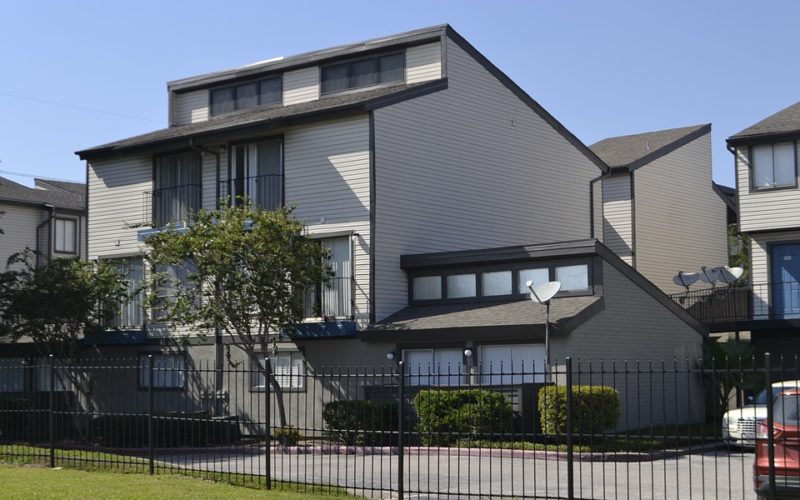The Underinvestment Of Towns
Underinvestment in towns can lead to a downward spiral of socio-economic issues that impact the community profoundly. Whether it's due to budget cuts, economic shifts, or neglect, the effects of underinvestment are far-reaching, affecting everything from employment rates to the local housing market. This article explores how underinvestment can lead to increased unemployment and crime, rising drug use and homelessness, declining house prices, and the closure of local businesses.
Lack of employment
One of the most immediate consequences of underinvestment is a lack of employment opportunities. When businesses don't see value in setting up shop in a town, job vacancies diminish rapidly. Without jobs, residents are forced to either relocate or rely on limited public assistance. This not only affects individual livelihoods but also weakens the town’s economic foundation. In turn, with fewer people employed, there is less spending in the local economy, creating a vicious cycle of decline.
Rise in crime
Unemployment and the resulting financial stress can lead to a rise in crime rates. When people struggle to meet basic needs through legitimate means, some may turn to illegal activities, such as theft or robbery, as a source of income. The lack of a stable job market also means fewer eyes on the street and less informal social control, conditions which often lead to an increase in both petty and serious crimes. This creates a perception of danger and instability, further deterring investment in the area.
Rise in drug taking and homelessness
In areas suffering from chronic underinvestment, there is often a marked increase in drug use and homelessness. The despair associated with unemployment can drive individuals towards substance abuse as a form of escapism. With few resources available for rehabilitation and addiction support, this can quickly become a widespread issue. Simultaneously, as people lose their jobs and savings deplete, the risk of homelessness increases. Without affordable housing options or robust social safety nets, more individuals may find themselves without a roof over their heads.
House prices going down
Another consequence of underinvestment is the decline in house prices, which reflects the overall economic health of the area. A town plagued by unemployment, crime, and homelessness becomes less attractive to potential homeowners, reducing demand in the housing market. Existing homeowners may find their properties losing value, trapping them in an area with diminishing prospects. This can be particularly devastating for those nearing retirement who had hoped to sell their homes for financial security.
Closing of shops
The economic downturn inevitably leads to the closure of shops and local businesses. With fewer customers able to spend money, businesses struggle to stay afloat and eventually shutter their doors. Shops that once provided employment and served as community hubs disappear, further decreasing job opportunities and stripping the town of its vibrancy. This creates a bleak retail landscape that offers little attraction to new investors or entrepreneurs.
The path forward
While the challenges posed by underinvestment are significant, they are not insurmountable. Addressing these issues requires concerted effort and strategic planning. Investment in local infrastructure, incentives for business development, and comprehensive social services can help revive ailing towns. By addressing the root causes of unemployment and crime, such as lack of education and skills training, communities can begin to rebuild and create sustainable economic growth.
Underinvestment in towns leads to a cascade of negative effects that can take years to reverse. However, with targeted interventions and community engagement, it is possible to break the cycle and build a thriving, vibrant community.

























